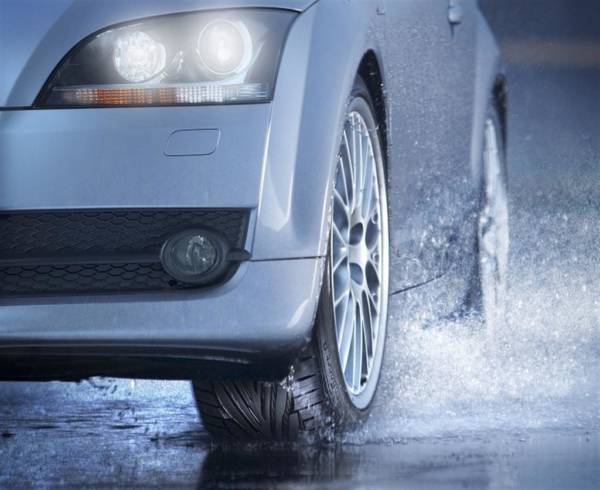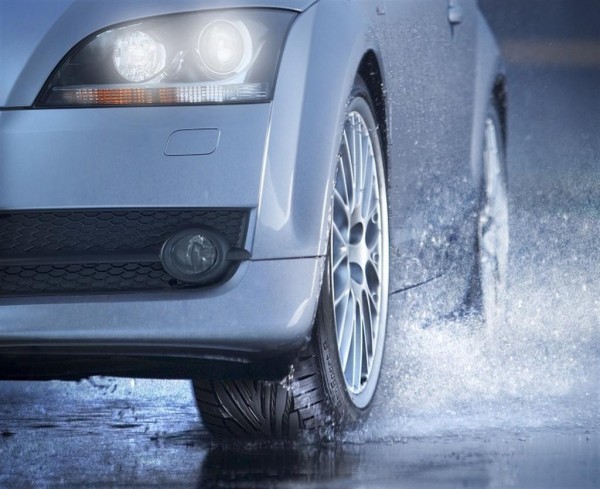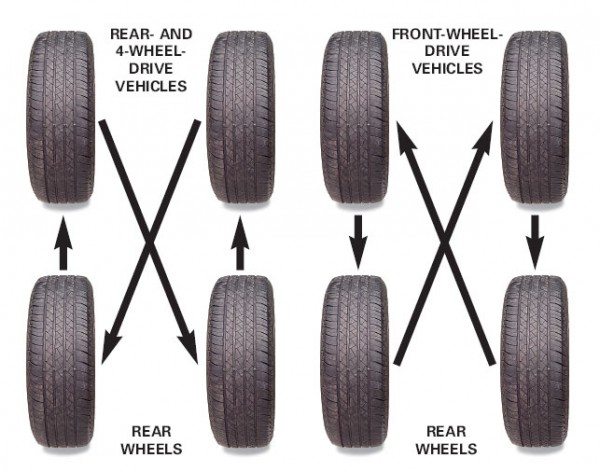By Nitish Bajaj
Monsoon brings with it relief from the scorching summer sun. It is a season that each one of us eagerly waits for. But before you get in your car or hop on to your bike to start your long-awaited monsoon trip, stop, think, check. Are you and your bike/car monsoon ready!
This is one time of the year that witnesses maximum accidents and mishaps. India accounts for about 10% of road crash fatalities worldwide. In fact, it is the largest contributor to road accident deaths. According to the World Health Organization (WHO), the death rate per 100,000 populations for road accident has increased to 18.9 in 2013 from 16.8 in 2009. Add to this that fact that maximum accidents are caused due to low awareness about vehicle precautions and maintenance.
Maintenance of tyres becomes top priority during monsoons. Regular servicing of tyres is a must as it is often noticed that a bald tyre is the most common cause of skidding & accident. Make sure that the pattern depth or groove depth (non-skid) on the tyre is sufficiently more than the safe limit of 1.6 mm at any point around the tyre. It is further safe to have over 2 to 2.5 mm groove depth during monsoons. Consistent inspection of tyres for cuts, nicks or any other damage which may lead to tyre bursts should also be a practise. It is important to ensure that tyre pressure is maintained at recommended level and the spare tyre is in good condition and properly inflated.
While getting the car serviced, one must ensure that the brakes are in perfect working condition, there is uniformity of brake on all wheels and there is alignment of wheels. Failure on any of these fronts may lead to skidding.
Keeping a check on the speed limit and enabling safe driving has become a key concern for riders across the globe. Speed limits depend on the type of brake (ABS or otherwise), the grip of tyre, road texture, etc. Grip on bitumen is better than cement road. Cement roads, over time, tend to smoothen out which makes them dangerous. They are required to be roughened before the rains to assist grip. It is advisable and safe to limit your speed on wet roads to 20-25 km/hour during monsoons.
In summer, oil and dust particles from the atmosphere settle down on the roads to form a layer. During the first few showers this layer can form a slippery surface with rain water which can lead to skidding. It is strongly recommended to drive very slowly during the first few showers and watch out for oil spills or oil spots on roads. It is also very important to avoid speeding up, especially on wet roads, restrict sudden braking and use good quality tyres designed for a better grip.
Rotate your tyres at least once in 5000 kilometres as regular tyre rotation promotes uniform wearing of all the tyres of the vehicle. Directional tread design tyres should remain on the same side of the vehicle and must be rotated straight forward and straight back. In a four-wheeler, it is recommended that both pairs of tyres are crossed to their new axle positions. Check your vehicle owner’s manual for the manufacturer’s rotation recommendations, and also adjust inflation pressures accordingly.
Your safety is directly linked to a good level of tread depth; the tread grooves disperses water from underneath your tyre, helping maintain steering control on wet roads. Better tread depth ensures that water is dispersed in a way that it reduces the risk of dangerous condition where a thin film of water removes the traction between the tyre and the road causing virtual loss of steering control. Maintaining the recommended air pressure in your tyres as well as regular vehicle maintenance ensures tyre performance for the longest possible time keeping the vehicle and rider safe during monsoons.
As the monsoon sets in, it is mandatory to take these precautionary measures to avoid accidents. Tyre condition being one of the major causes for accidents, it is needed that one takes added precaution for the same and gets his vehicle monsoon ready.
Author is VP-Marketing, CEAT Ltd






useful stuff